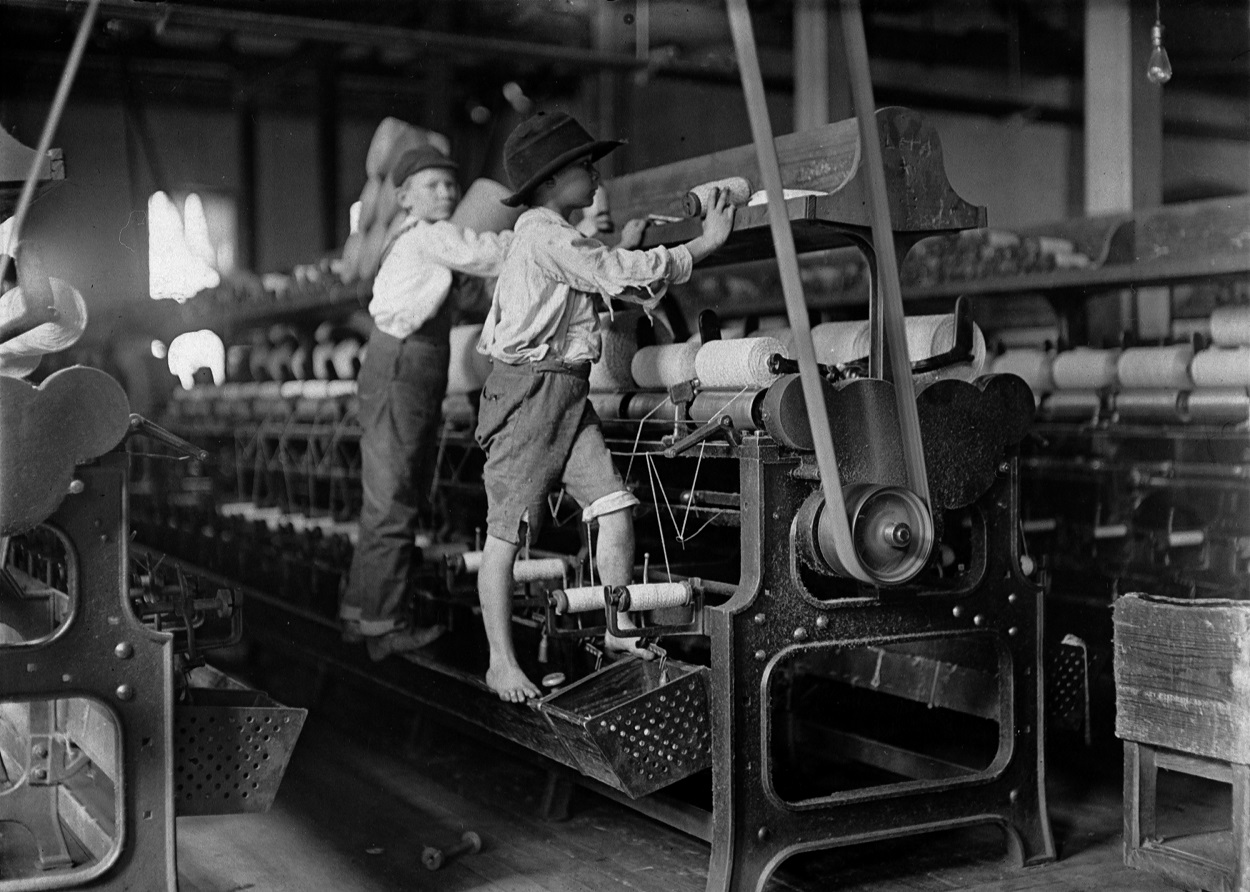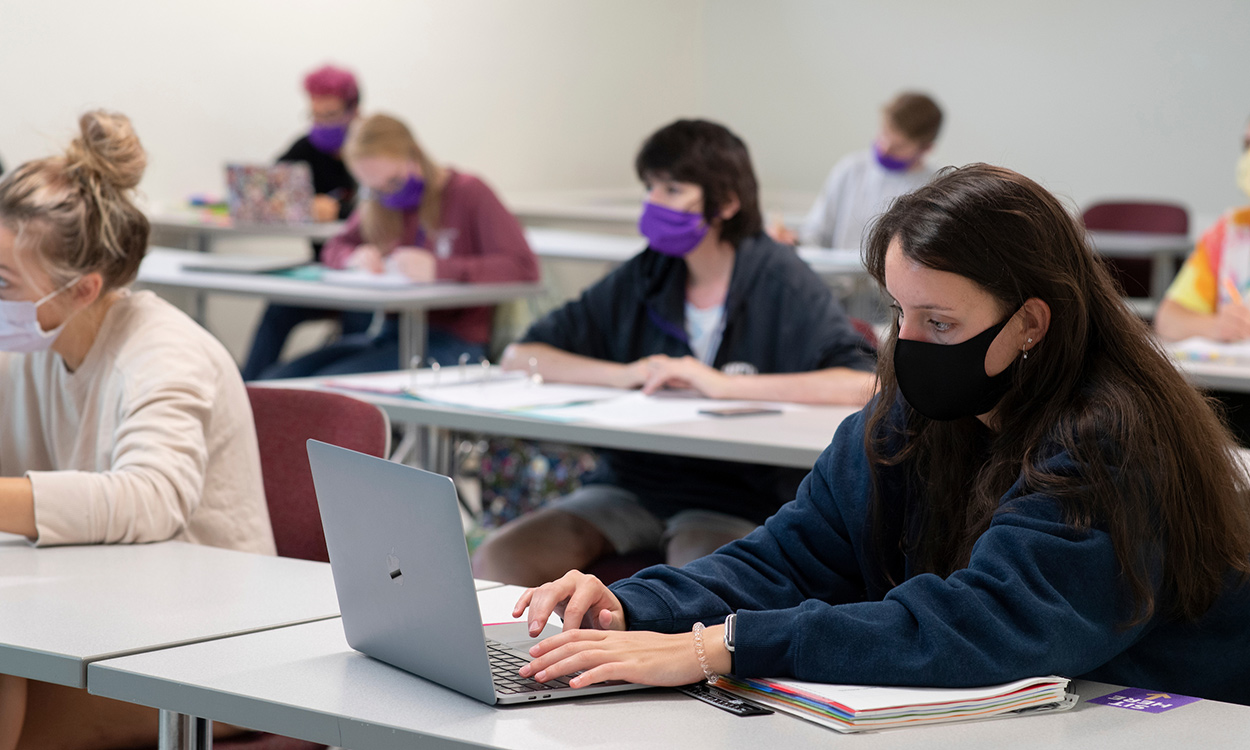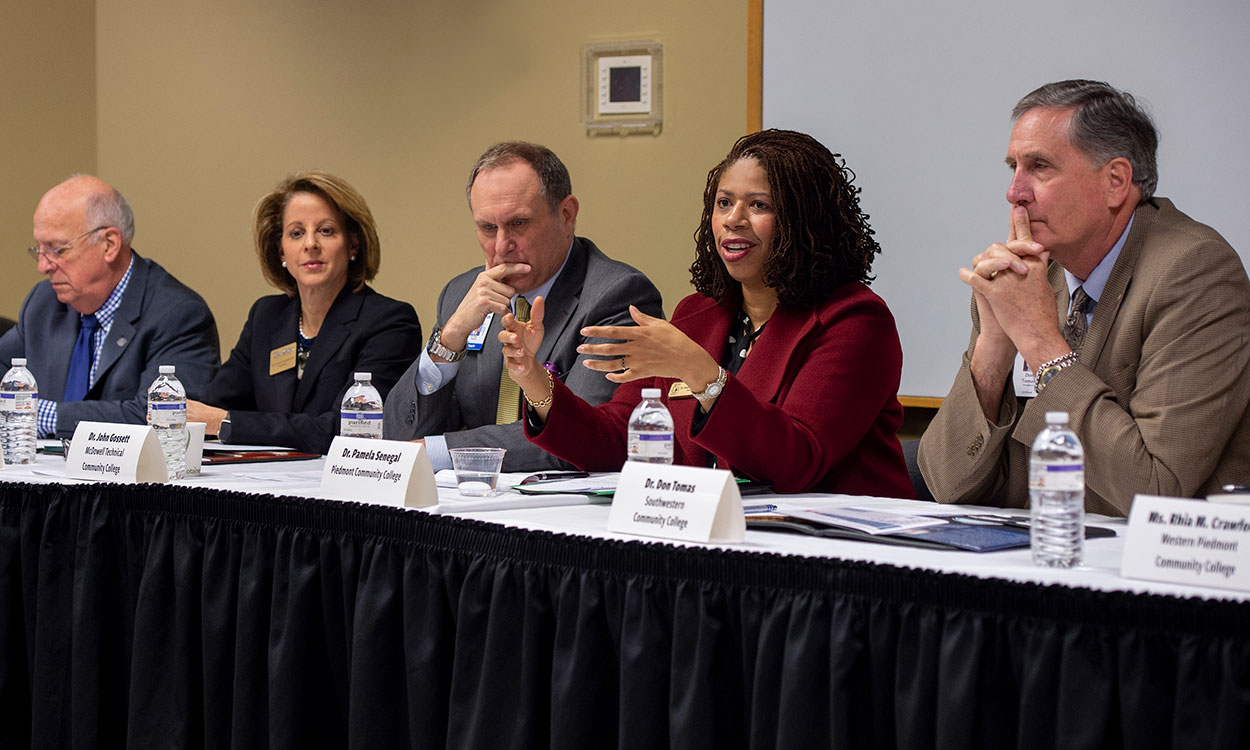Smithsonian 'Way We Worked' exhibit coming to heritage center

Young loom workers in 1909 by Lewis W. Hine. Credit: National Archives Records of the Children’s Bureau
Western Carolina University’s Mountain Heritage Center will host the Smithsonian Institution traveling exhibit “The Way We Worked,” chronicling late 19th- and early 20th-century jobs and labor and based on photographs from the National Archives.
The exhibit will be on display from Wednesday, Sept. 26, through Wednesday, Nov. 7, in the Mountain Heritage Center’s Hunter Library gallery. It is free and open to the public. During WCU’s annual Mountain Heritage Day fall festival on Saturday, Sept. 29, a free shuttle service will be available to take festivalgoers to the exhibit.
National Archives photographs depict many aspects of work, from the clothing worn, the locations and conditions, and workplace conflict. The photos also document a workforce shaped by many factors ― immigration and ethnicity, slavery and racial segregation, wage labor and technology, gender roles and class ― as well as by the American ideals of freedom and equality.

Young women delivering ice, 1918. Credit: National Archives, Records of the War Department General and Special Staffs
In addition to the photos, the exhibit includes audio, allowing visitors to hear excerpts from interviews with workers who describe what it was like to be a glove maker in the 1890s, a packinghouse worker in the 1930s, or a coal miner in the early 20th century. A video showing a variety of workplaces and a selection of work songs completes the experience.
“The Way We Worked” exhibit has been made possible at Western Carolina University by the North Carolina Humanities Council, a statewide nonprofit and affiliate of the National Endowment for the Humanities. “The Way We Worked,” an exhibition created by the National Archives, is part of Museum on Main Street, a collaboration between the Smithsonian Institution and state humanities councils nationwide. Support for Museum on Main Street has been provided by the U.S. Congress.
Special tours with a curriculum-based program will be available for K-12 school groups planning to visit the exhibit. For more information, go to mhc.wcu.edu or call 828-227-7129.

